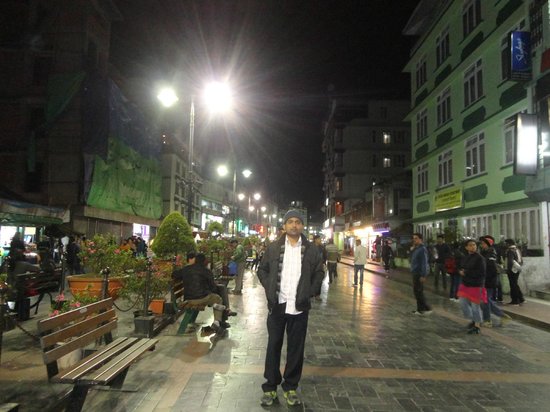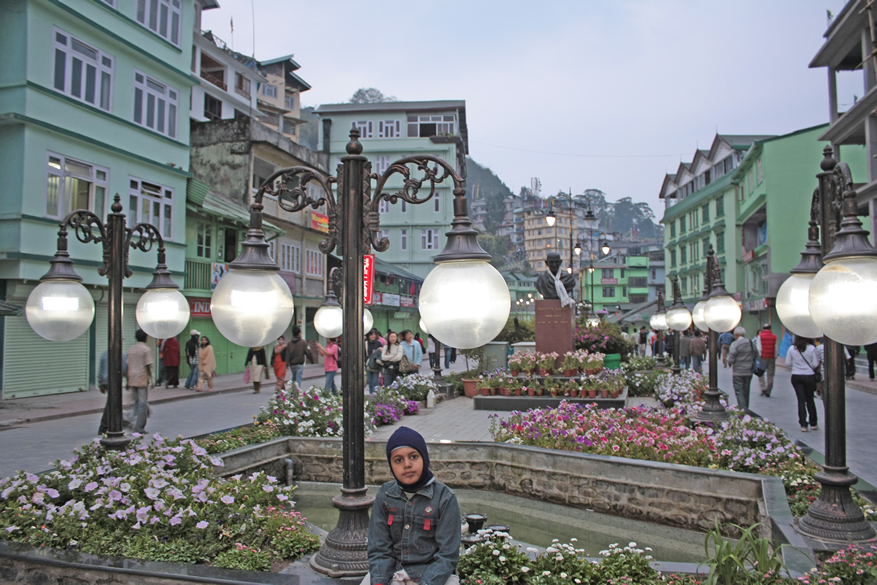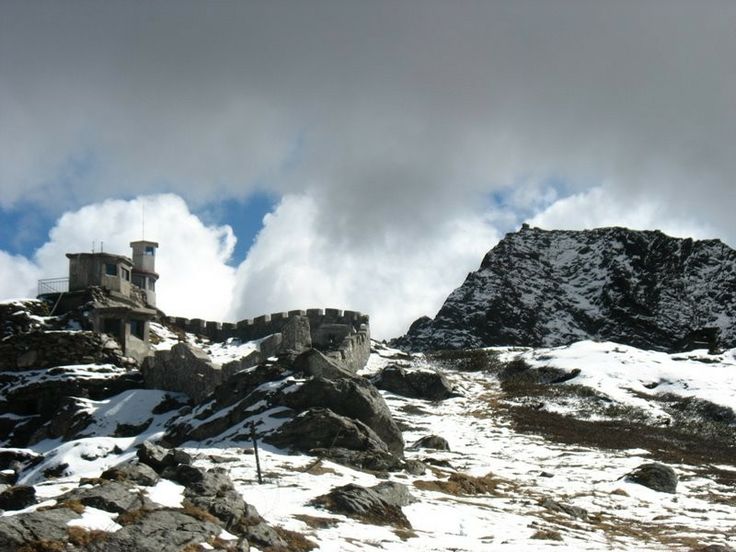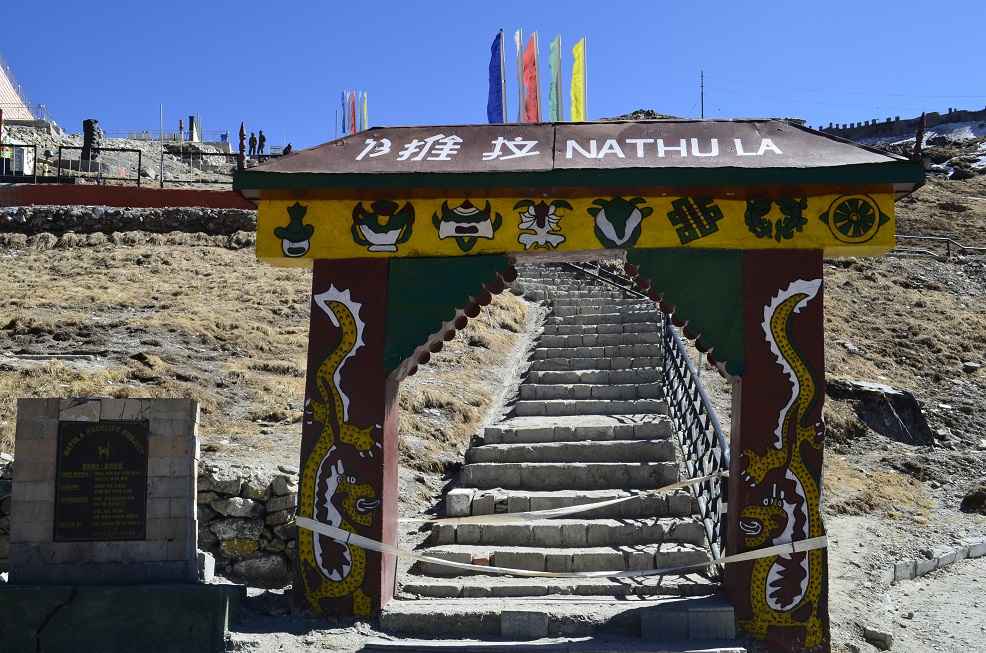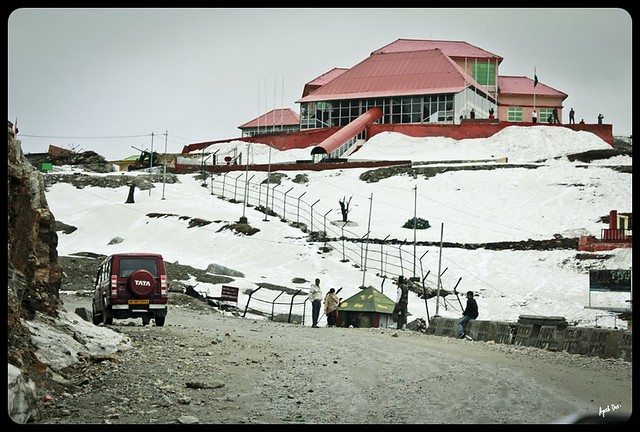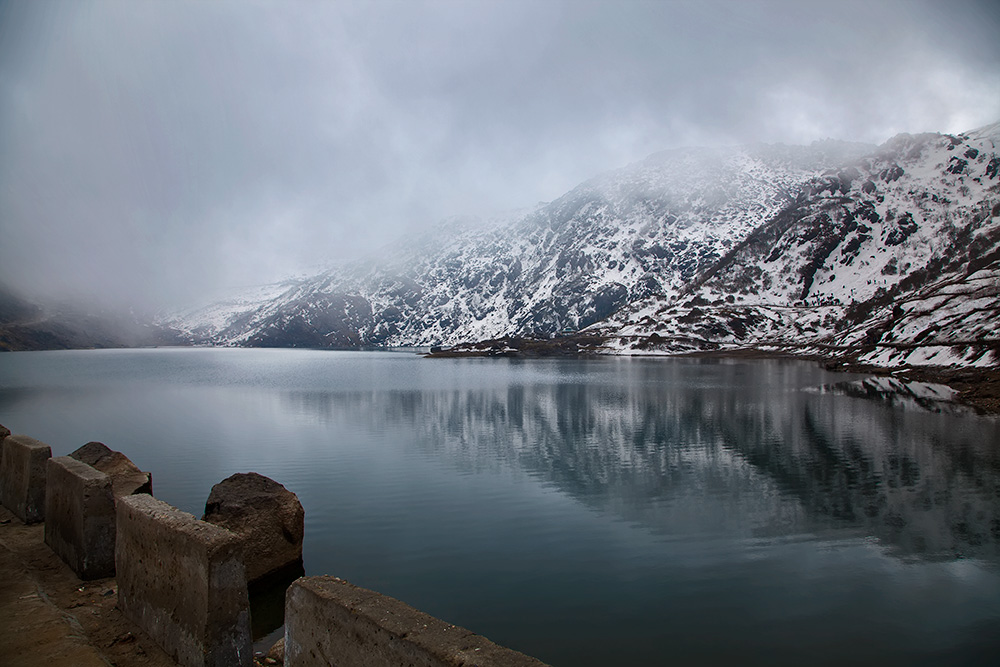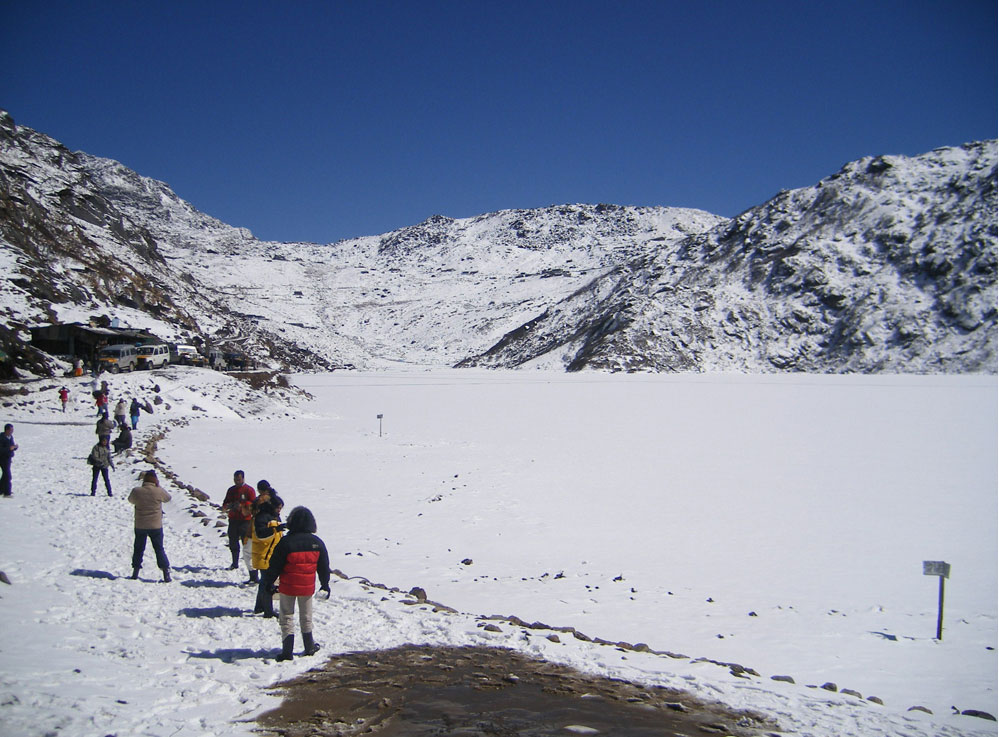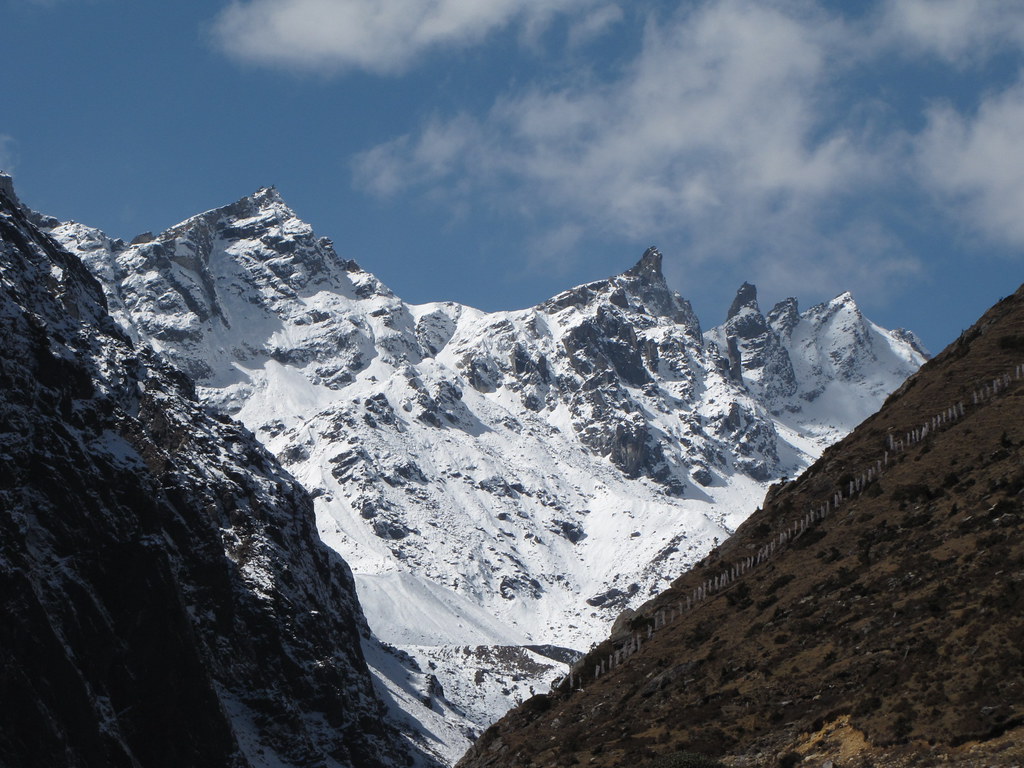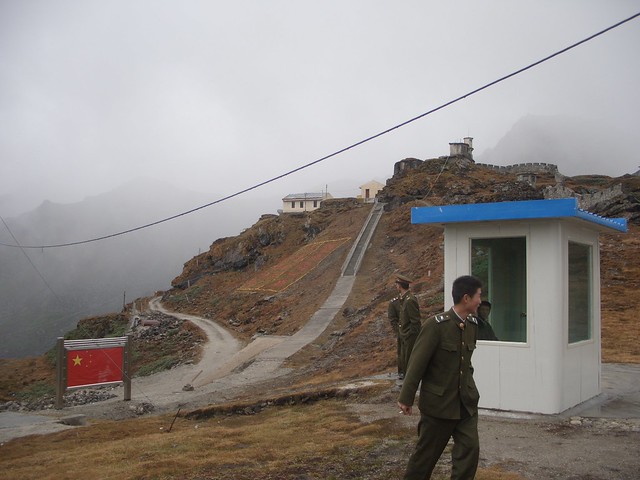Ryuzaki
SENIOR MEMBER

- Joined
- Feb 1, 2015
- Messages
- 3,158
- Reaction score
- -12
- Country
- Location
NEW DELHI: In the 40 years since Sikkim became India's 22nd state, the erstwhile Himalayan kingdom has been flying under the radar in accomplishing the near-impossible. Its impressive record in literacy, poverty alleviation, sanitation and organic farming makes it nearly unparalleled not just in the region but in, perhaps, all of Asia.
With a population of just 6,10,000 Sikkim, the least populated state in India, has its per capita GDP growing in double digits since 2004-05 : similar-sized northeastern states barely registering 5% growth.
Sikkim slashed its poverty ratio by 22% to 51,000 (8.2%) in 2011-12 from 1.7 lakh (30.9%) in 2004-05. In 1994, it stood at 41%. The reduction catapulted Sikkim into the nation's top five states in battling poverty. Only Goa (5.1%), Kerala (7.1%) and Himachal (8.1%) fared better.
Sikkim's literacy rate shot to 82.2% from 68.8% in 2001, among the country's highest. Male literacy 86.6%, female literacy 66.4%. Its rural literacy rate of 79.8% surpassed the national rate of 68.9%. The state aims to make Sikkim India's second 100% literate state.
Sikkim's evolution into a fully organic state since embracing the mission in 2003 received a fillip from PM Narendra Modi earlier this year. Speaking at a reception by Indian expats in Germany, Modi waxed eloquent on huge advances made by Sikkim in organic farming. Of the state's 60,000 ha farmland, 40% is organic.
The UN hailed Sikkim for its Human Development Report indices as a global best-practice in February 2014. Terming its achievements as 'incredible', UN's India representative Lise Grande said there was no other government under similar conditions that had achieved such success, acknowledging the tiny state's 15% growth in less than a decade as among the highest for all Indian states and one of Asia's highest.

Sikkim was also declared to be the first state to achieve 100% sanitation coverage becoming completely free of public defecation on December 8, 2008, in a country where large parts of the population still defecate in the open.
Sikkim at 40: Small state with surprising success - The Times of India
With a population of just 6,10,000 Sikkim, the least populated state in India, has its per capita GDP growing in double digits since 2004-05 : similar-sized northeastern states barely registering 5% growth.
Sikkim slashed its poverty ratio by 22% to 51,000 (8.2%) in 2011-12 from 1.7 lakh (30.9%) in 2004-05. In 1994, it stood at 41%. The reduction catapulted Sikkim into the nation's top five states in battling poverty. Only Goa (5.1%), Kerala (7.1%) and Himachal (8.1%) fared better.
Sikkim's literacy rate shot to 82.2% from 68.8% in 2001, among the country's highest. Male literacy 86.6%, female literacy 66.4%. Its rural literacy rate of 79.8% surpassed the national rate of 68.9%. The state aims to make Sikkim India's second 100% literate state.
Sikkim's evolution into a fully organic state since embracing the mission in 2003 received a fillip from PM Narendra Modi earlier this year. Speaking at a reception by Indian expats in Germany, Modi waxed eloquent on huge advances made by Sikkim in organic farming. Of the state's 60,000 ha farmland, 40% is organic.
The UN hailed Sikkim for its Human Development Report indices as a global best-practice in February 2014. Terming its achievements as 'incredible', UN's India representative Lise Grande said there was no other government under similar conditions that had achieved such success, acknowledging the tiny state's 15% growth in less than a decade as among the highest for all Indian states and one of Asia's highest.
Sikkim was also declared to be the first state to achieve 100% sanitation coverage becoming completely free of public defecation on December 8, 2008, in a country where large parts of the population still defecate in the open.
Sikkim at 40: Small state with surprising success - The Times of India





